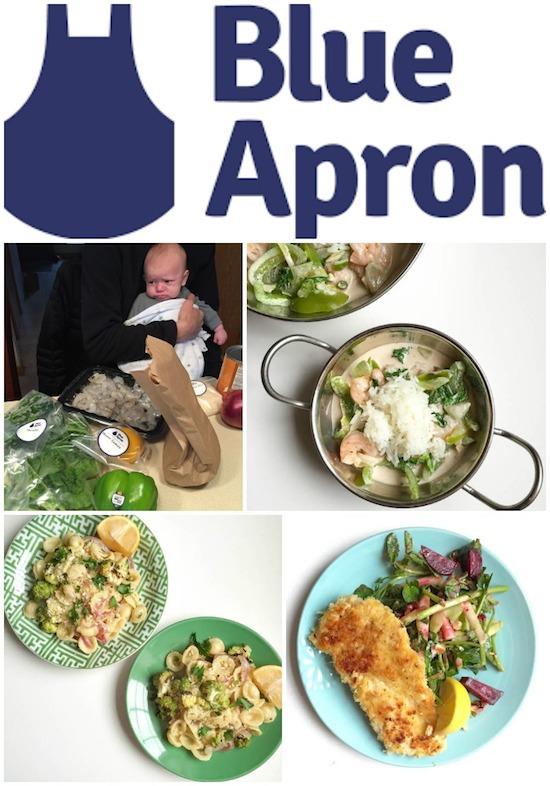


Similarly, competitors such as Plated, Marley Spoon, Peach Dish, Gobble, Home Chef, and more than a hundred others, have all launched similar, but slightly different services ( Severson, 2016). market, raising more than $50 million for its start up, and delivers in more than 37 U.S. Hello Fresh, a company started in Germany, has expanded to the U.S. Blue Apron, for example, has been valued at more than $2 billion and delivers more than 8 million meals per month ( Cowley, 2015 Severson, 2016). The appeal of such meal delivery services is evident in the growth of subscription meal boxes and the sheer number of companies now offering such services. The advantages of such programs that seek to inspire home chefs with novel foods and recipes include family cooking, reduced grocery store shopping and meal planning, and healthier food options ( Bilton, 2015 Jolly, 2015 Severson, 2016). Companies like Blue Apron, Plated, Hello Fresh, and many others promise the experience of real cooking, while providing delicious food and ease of preparation through recipe cards and delivery of ingredients. Meal delivery kits have become part of a burgeoning empire of the food industry and distribution system of consumer goods. Despite their investment in the performative dimensions of cooking as a way to reconnect with the food system, they also miss opportunities to address gender, culture, and waste, which limits the radical potential of that performativity.

Meal kit delivery services' interactivity and confrontation with waste distinguishes them from traditional food media. We ultimately argue that such companies manifest the return of the repressed through the material and rhetorical production of food and waste even as they employ diverse cultural food options and erase those cultural origins at the same time. Finally, while such meal kits do not address fully the challenges and problems of global food production and capitalist systems, they do confront those who use them with some of the realities of where their food comes from and what kind of waste it produces. Second, meal kit companies have attempted to address environmental concerns of waste production, but many of those problems have yet to be resolved despite rhetorical appeals to the contrary. First, such meal kits, in their efforts to provide meal and ingredient variation, decontextualize food cultures while promoting a consumer sense of cosmopolitanism. In this paper, we advance three arguments to explore the cultural phenomenon of these meal services that are growing exponentially across the United States and in other countries. Meal kit delivery services rhetorically appeal to middle class consumers who have busy lives, but want to eat good quality food without the hassle of grocery shopping and meal planning. Department of Communication, The University of Texas at El Paso, El Paso, TX, United States.


 0 kommentar(er)
0 kommentar(er)
